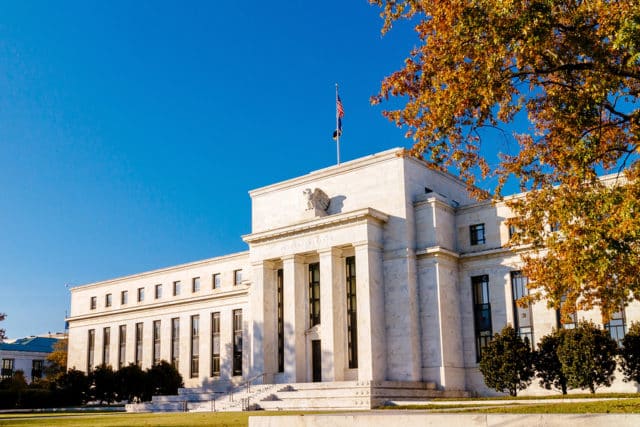US Fed has a much greater impact on the daily lives of Americans than any other federal agency. President Donald Trump in 2018 will have the opportunity to re-nominate or replace five of the seven senior Fed executives, including VC Stanley Fischer and more likely Fed chief Janet Yellen.
In view of these changes, the request for a reformation of the Federal Reserve has been made, which has earned good reputation because it prevented a disastrous recession following the international financial crisis of 2008. However, they were unable to prevent it.
In the United States, Europe and Japan, in the post-war period, the financial services industry has developed tremendously as part of the global economy. Often, it was such a swelling that it caused “bubbles” due to excessive borrowing.
Economist Alan Taylor and his colleagues in 2015 studied the data of 17 strong economies over the last 140 years. Prior to World War II, there were 78 recessions, of which only 19 were bubbles in the real estate market or stock markets or both markets. After World War II, there were 88 recessions, most of which (62) resulted in a bubble in either the securities market or the real estate market or both.
The US Federal Reserve is changing, as the whole world is changing. After the 1929 crisis, he emphasized the fight against unemployment and, after the inflation spiked in the 1970s, he dealt with his retaliation.
Today, with the real danger of dissolving various “bubbles” from one corner of the land to another, Fed executives, bankers, somewhat reluctantly begin to realize that they cannot ignore inflation in property prices. Of course, even the most well-informed market players cannot tell exactly when these “bubbles” will dissolve. And not even the Fed officials can do it. Better, then, let the bubbles burst and repair the damage later. However, the prolonged and painful recovery from the international financial crisis of 2008,
The Federal Reserve does not need to speculate when the market will be at its peak. What the bank can do is identify the clues of the crisis and act proactively. For example, the Fed can move to control inflation in property prices, by raising interest rates or limiting the flow of liquidity to the economy.
Thanks to the scientific research that took place after 2008, today we know much more about such clues, and the key is to be alert when markets are rising faster than growth. In the housing market, it is normal that prices rise almost 5% on an annual basis. According to the IMF, this rate more than doubles in the period preceding a financial crisis.
Fed executives are beginning to see that when loose monetary policy raises property prices to unsustainable levels, it creates conditions that favor a recession that is universally detrimental. Today, however, few are ready to go against the current.










